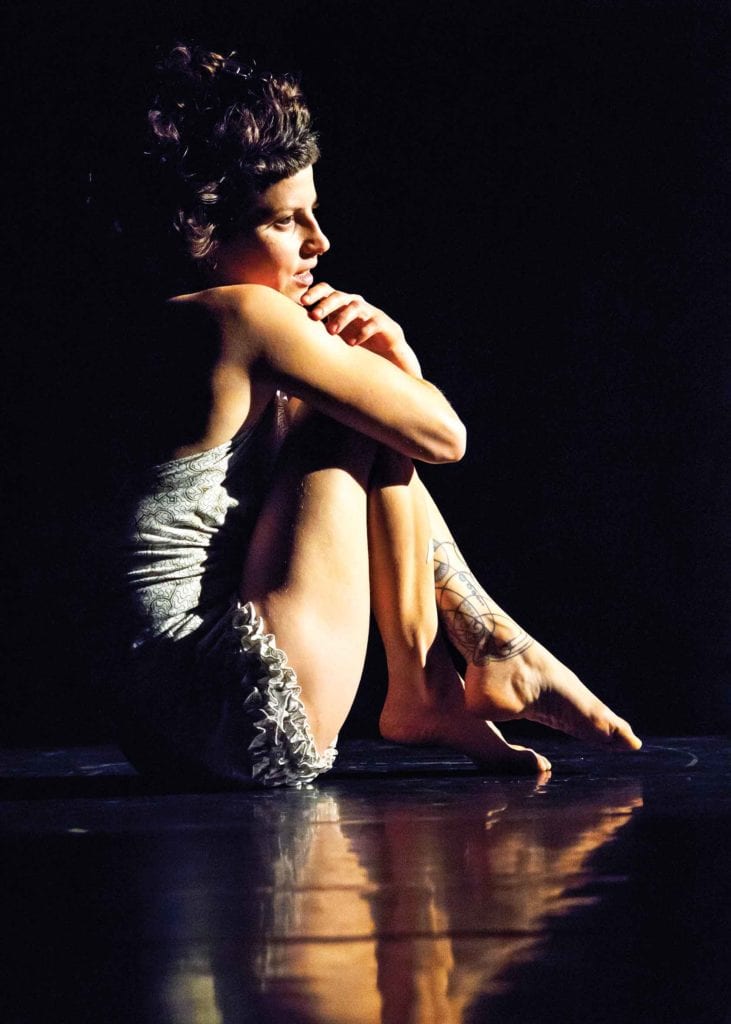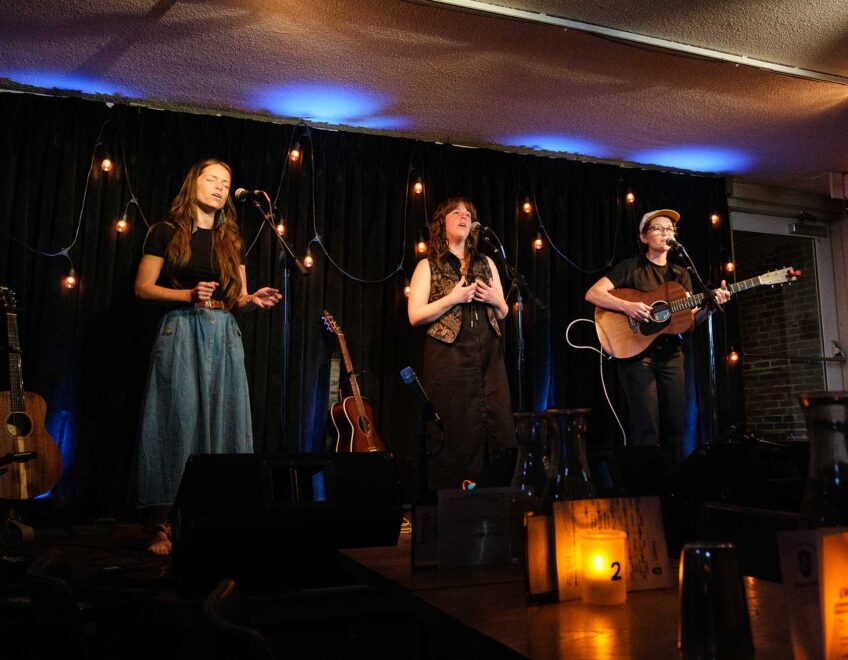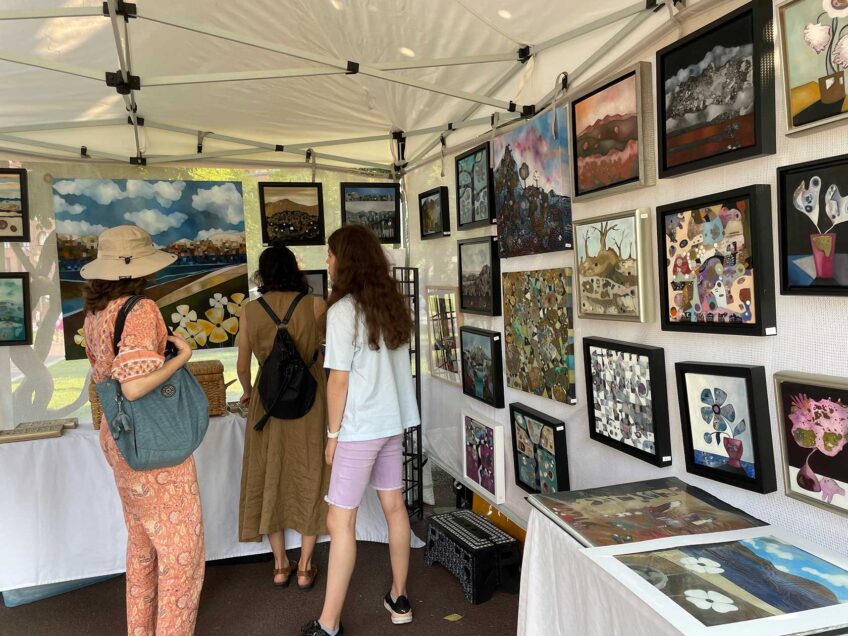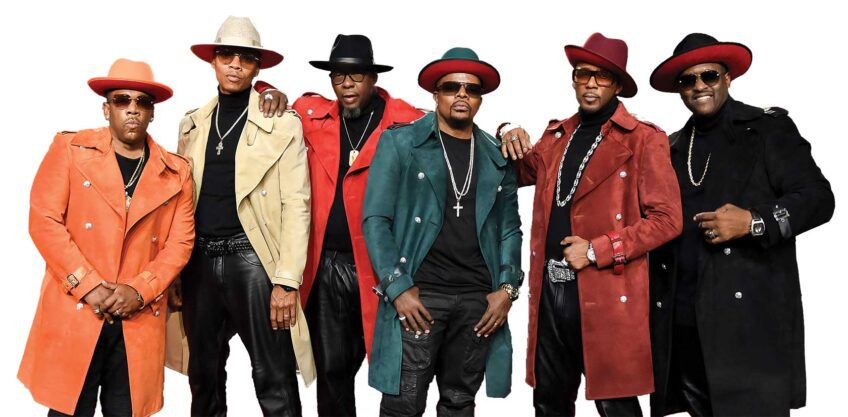
On Feb. 20, the Cutler Majestic Theatre will be transformed into a startling, beautiful and sterile vision of the future. “When Angels Fall,” a play by director and former circus performer Raphaëlle Boitel, explores a technology-driven futuristic world. Boitel created the show in collaboration with Tristan Baudoin, who designed the set and lighting to work in tandem with the actors.
“This show is pretty much talking about the place of technology of our world, communication between human beings and about a society that became quite totalitarian,” says Boitel. “It’s a very physical work, so the narrative is very open.” Seven performers play nameless characters of varying ages, body types and races. Some of the older characters remember a time before this totalitarian regime; younger characters know no better. The group lives in a world devoid of human connection until the space is disrupted, forcing them to confront their way of life.
Boitel’s background in physicality and circus performing brings a mixture of dance, aerial and acrobatic choreography into the show. There are no words in the production — the story is told through movement and light. “The light is very important. It’s like another character of the story. We mix everything. The set is a bit like a big puppet and it’s moving around the people and observing them,” says Baudoin. At some points, the light acts as the set, creating walls and shadows where there aren’t any. Baudoin says the performers control the light, though sometimes it appears that it’s controlling them.
The two artists worked together to bring the show to life, from conception to completion. As Boitel worked on the choreography, Baudoin played with light simultaneously to find a symbiotic aesthetic. The music, all original pieces by Arthur Bison, was created in the same way. All the storytelling forms worked with each other to create the narrative.
Despite the heavy themes in the show, Boitel says she brings a lot of lightness to the performance. “I like to say that our style is tragi-comic. Laughter and beauty are an important part of the show. In one scene, people will cry, and in another they will laugh. The humor is in different places,” she says. Ultimately, it’s a story of the resilience of the human spirit — a reassuring topic in trying times.
“When Angels Fall” stems from Boitel and Baudoin’s observations of life, and they say they hope that after seeing it, audience members will observe their own lives a little more closely.







